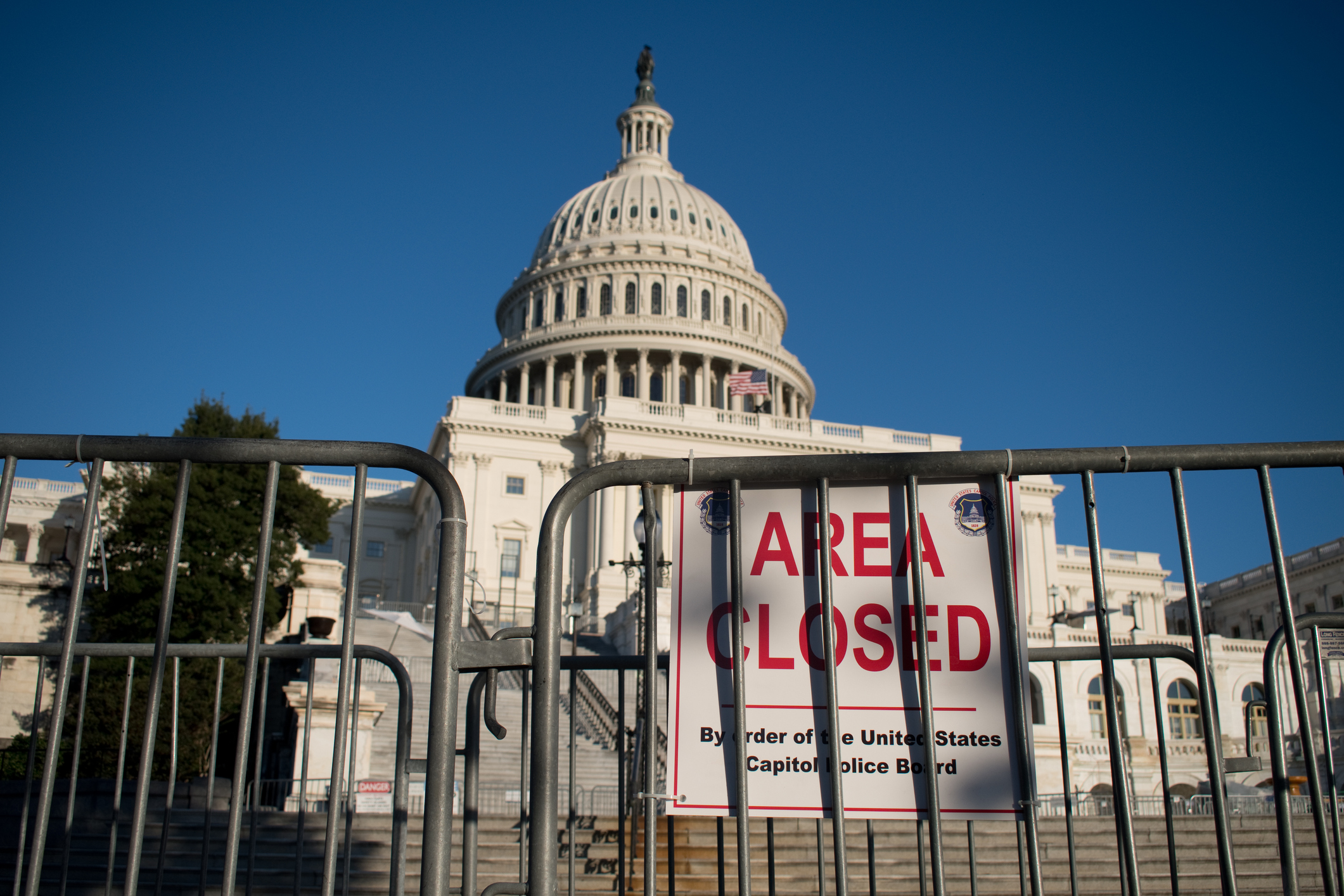Today’s coronavirus pandemic (COVID-19) is affecting employers in numerous ways, including how to navigate leaves of absence, how to navigate the business need for layoffs or furloughs, and how to avoid the appearance of bias in your management decisions. We’ll address these challenges generally. For purposes of this summary, we assume an “at-will” employment relationship, in which an employer is not prohibited by statute or contract/agreement from deciding to lay off employees or reduce working hours/pay unilaterally and a non-unionized workforce.
Paid Leaves of Absence During COVID-19
On March 18, 2020, the President signed into law the FFCRA, requiring certain employers to provide employees with paid family and medical leave or paid sick leave for specified reasons in response to COVID-19.
The department’s Wage and Hour Division (WHD) will administer and enforce the paid leave provisions of the FFCRA. The provisions will apply from their effective date through Dec. 31, 2020.
Generally, the FFCRA provides that employees of covered employers are eligible for:
- Two weeks (up to 80 hours) of paid sick time at the employee’s regular rate of pay where the employee is unable to work because the employee is quarantined (under federal, state, or local government order or advice of a healthcare provider), and/or experiencing COVID-19 symptoms and seeking a medical diagnosis; or
- Two weeks (up to 80 hours) of paid sick time at two-thirds the employee’s regular rate of pay because the employee is unable to work because of a need to care for an individual subject to quarantine (under federal, state, or local government order or advice of a healthcare provider), or to care for a child (under 18 years of age) whose school or child care provider is closed or unavailable for reasons related to COVID-19, and/or the employee is experiencing a substantially similar condition as specified by the Department of Health and Human Services; and
- Up to an additional 10 weeks of paid family and medical leave at two-thirds the employee’s regular rate of pay where an employee, who has been employed for at least 30 calendar days, is unable to work due to a need for leave to care for a child whose school or child care provider is closed or unavailable for reasons related to COVID-19.
This regulation covers virtually all employers. The possible exception is for small businesses with less than 50 employees may qualify for exemption from the requirement to provide leave due to school closings or child care unavailability if the leave requirements would jeopardize the viability of the business.
All employees of covered employers are eligible for two weeks of paid sick time for specified reasons related to COVID-19. Employees employed for at least 30 days are eligible for up to an additional 10 weeks of paid family leave to care for a child under certain circumstances related to COVID-19.
Further information can be found here: https://www.dol.gov/agencies/whd/pandemic/ffcra-employee-paid-leave
Navigating Reduced Pay and Hours, Furloughs and Layoffs
If employers are experiencing a slowdown in business due to this pandemic, they’re being encouraged to apply for state work-sharing programs to avoid layoffs. These types of state programs allow employers to reduce the hours and pay, and employees can offset their wage reduction with unemployment insurance. The percentage of their weekly UI benefit amount based on the percentage of hours and wages reduced, not to exceed 60 percent.
The most common furlough methods are one-time and rolling cycle furloughs. A one-time furlough is a situation where employees are essentially laid off for some time with a planned restart date or plan to reassess upon changing business circumstances. This type of leave is most appropriate, where revenue and demand have disappeared given current restrictions or market conditions. Rolling cycle furloughs are where each employee takes a one-week or more prolonged leave once in a fixed, rolling period. In both situations, you’ll want to make sure the reduction in pay (due to the furloughs) does not destroy the exempt status of the roles you have classified as exempt from wage and hour overtime laws.
If you’re conducting a mass layoff at a particular office or site, generally defined as 50 employees or more, then state and federal WARN act provisions would usually apply, which require a 60 day notice period to employees, before the layoff. However, due to the emergency presented by the COVID-19, the federal government and most state governments have suspended the notice requirement, allowing employers to act more quickly in response to economic conditions. Employers are encouraged to continue to document and file the WARN notice information per legislative requirements even if they don’t provide 60 days’ notice to employees.
Ensure COVID-19 Pandemic Doesn’t Impact Bias in Employment Decisions
When emotions are running high, that’s when managers may make short-sighted decisions that don’t pass the smell test. Make sure all employees selected for layoff are chosen under well defined, objective criteria. Document the selection and decision-making process for each employee. Also, ensure that one type of employee demographic is not impacted more than others. For example, your layoff list consists of all older employees or all women, etc. Everyone’s emotions are running high, and any management actions that appear arbitrary or unfair will escalate emotions and create unnecessary drama. Make sure any neutral third-party would view management actions and make an easy assessment that the business situation warranted the actions.
This is a challenging time, so don’t hesitate to reach out to experts@emtrain.com if you have a question for any of our employment law experts.










